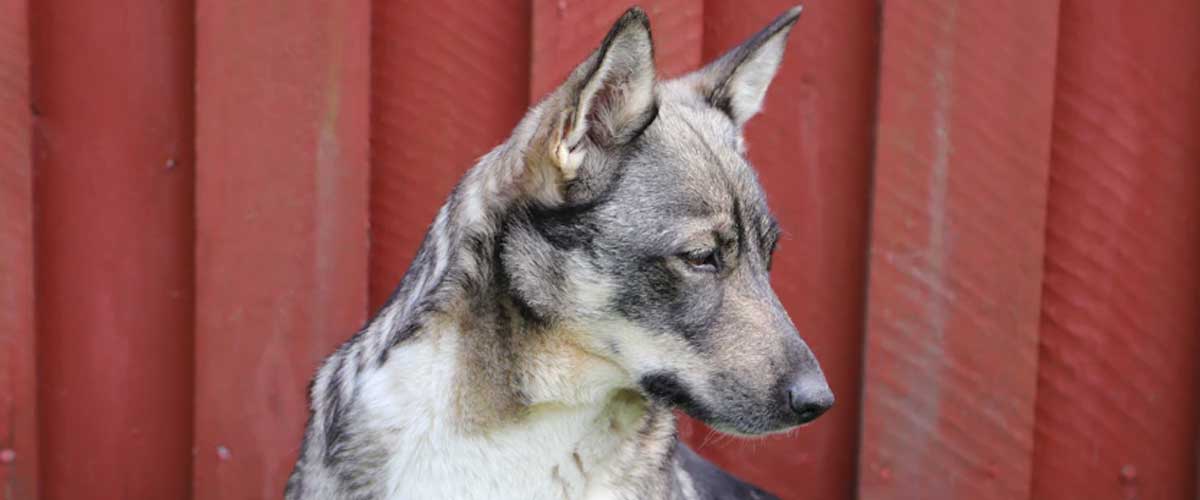The gestation period of dogs lasts approximately 63 days, and during this relatively short time, remarkable developmental changes occur in the fetus.
Understanding these developmental stages can provide insight into the health and growth of the future puppies.
This blog will delve into the critical milestones at 28, 33, 40, 50, and 60 days of gestation.
28 Days: Formation of Major Structures
At 28 days, the dog fetus is undergoing significant transformation.
This stage is often referred to as the embryonic period, and major structures begin to form.
The embryo measures just a few centimeters in length, and its body plan is established.
During this time, the basic organ systems—such as the heart, lungs, liver, and kidneys—start to take shape.
The embryo is also developing segmentation, which lays the foundation for its skeleton and muscles.
The developing placenta is crucial for nutrient and oxygen exchange between mother and fetus, making the health of the mother essential for proper fetal development.
By this stage, fetal membranes are forming, providing necessary protection and support for the growing embryos.
33 Days: Definite Shape and Features
By 33 days, the fetus begins to take on a more recognizable shape.
It measures around 3 to 4 centimeters in length, with identifiable limbs and a developing head.
The facial features become more discernible, with the beginnings of eyes and ears forming.
Additionally, the skeletal system continues to develop, with primitive cartilage structures appearing where bones will eventually form.
The heart is now beating strongly, ensuring effective blood circulation.
This is also a critical time for cellular differentiation, as tissues are specializing to perform specific functions as development progresses.
40 Days: Organ Development and Refinement
At 40 days, the metamorphosis is remarkable.
The fetus measures about 5 to 8 centimeters long and appears more dog-like.
The eyes begin to develop eyelids, and the ears start to take their final shape.
Internally, the organs are rapidly maturing, and the circulatory system becomes more sophisticated.
By this stage, the kidneys are functioning, producing urine that is expelled into the amniotic sac.
This is a significant milestone because it marks the beginning of the complex interaction between the embryo’s waste and the maternal body.
The bones continue to harden, providing structural support, and the fetus shows increased movement as muscles develop strength.
50 Days: Fur Development and Increased Movement
At 50 days, huge advancements have been made in the fetus’s development.
Measuring about 14 centimeters long, the fetuses are now covered in fine fur and resemble small dogs.
This fur provides important insulation and protection as they prepare for life outside the womb.
Motor coordination improves, leading to noticeable movements within the amniotic sac.
This is also a stage where the puppies begin to practice vital behaviors, like shifting positions as they prepare for the later stages of their development.
The body is refining its systems, and the respiratory system begins practicing rhythmical movements in preparation for breathing air.
60 Days: Nearing Birth
By 60 days of gestation, the puppies are approaching maturity and will be ready for birth soon.
At this point, the fetuses measure around 20 centimeters long and exhibit features characteristic of their breed.
The fur is well developed, and the body is plumping up in preparation for delivery.
Internally, the lungs are nearly fully formed, and the liver has matured enough to filter blood.
The puppies are starting to gain substantial weight, and the mother may experience behavioral changes as she prepares to give birth.
Nesting behavior can often be observed at this stage, as instinct drives the mother to create a safe environment for her offspring.
Final Thoughts
The development of a dog fetus is a fascinating process, marked by critical growth and transformation at each stage.
From basic structure formation at 28 days to the final preparations for birth at 60 days, each milestone plays a significant role in preparing the puppies for a healthy life outside the womb.
Understanding these stages not only highlights the incredible nature of canine reproduction but also emphasizes the need for proper prenatal care for the health of both mother and her developing puppies.










